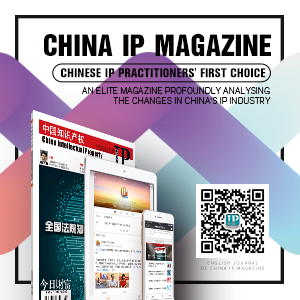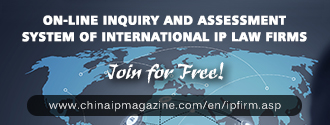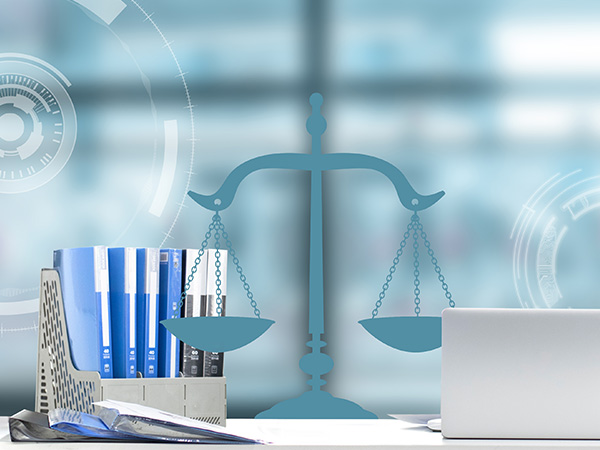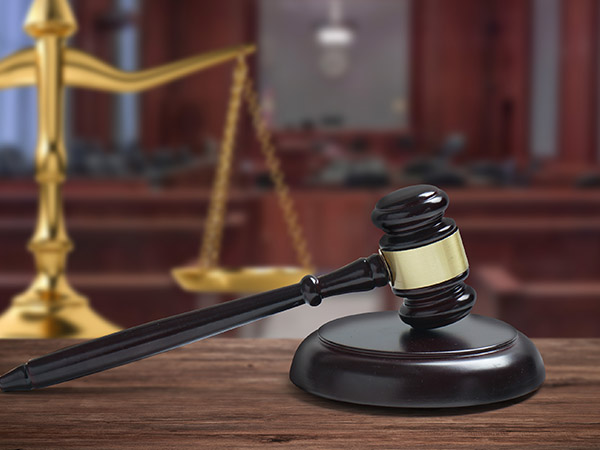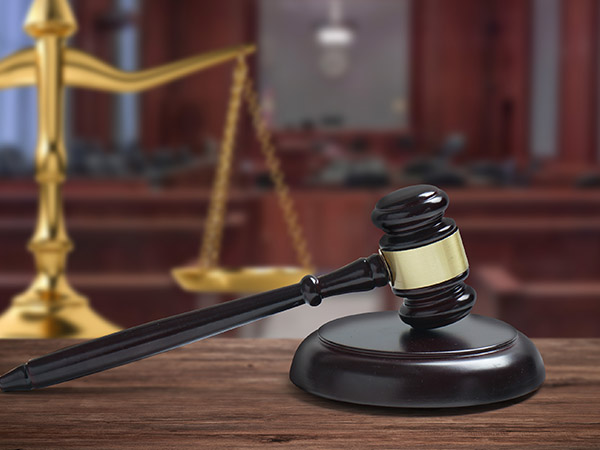III. Recommendations to further resolve the compensation issue
Although the above-mentioned methods have effectively mitigated the compensation difficulties to some extent, the situation in general has not been fundamentally improved. There remains more work yet to do in many aspects.
Firstly various procedures and systems should be further utilized to protect the legal rights of the proprietor. Although SIPC has done much to support the application of litigators for litigation hold and the result has been encouraging, this is far from being enough in terms of the number of litigation hold applications it granted in relation to the number of the cases it has accepted. Therefore, it is still necessary to give full play to the role and influence of the related procedures and systems so that they can become even more effective in the future.
Secondly the ability of the court should be improved to properly apply the rules on hindrance to evidence admission and on inference of facts. These evidentiary rules should be studied with respects to their application methods and conditions. In intellectual property infringement, more often than not the defendant would be small vendors or companies. They do not have sound financial systems and accounting records. This would make it unfair if the allegation and claim for compensation of the plaintiff are fully affirmed by the court by simply applying the rules on hindrance to evidence admission and on inference of facts. Therefore, the efforts of the court should be focused on how to correctly apply these evidentiary rules under the current economic environment and litigation conditions, so that they can play a greater role in intellectual property litigation, especially in ascertaining infringing facts and determining the amount of compensation. It will help mitigate the compensation issue in proving the infringing facts and determining the compensation amount.
Thirdly the conditions for applying the rule of punitive damages should be further studied. The Trademark Law contains a clear provision on punitive damages. But there has been no in-depth study and publicity on the application condition of the clause. T he proprietor has a high expectation for the clause, which is, however, less applied in judicial practice. Literally the clause means that for the application of punitive damages, there are at least two conditions - "malicious infringement upon trademark" and (punitive damages are award as multiples of) " the amount that is calculated by using the above method."
"The amount that is calculated by using the above method" means the actual losses incurred, the gains from the infringement and the royalties for a trademark license. It is very hard, if not impossible, to determine these three items in practice, which is also one of the reasons that statutory compensation is applied in the majority of intellectual property cases. Even if the specific amount can be determined in given case, there comes the other problem - how to determine "malicious infringement." Although they have reached consensus on "obviously malicious infringement," the legal community cannot agree on how to understand a serious infringing situation that is not yet up to repetitiveness or a large scale. Research on and publicity on these issues will help the court to improve its application of the law. It will also help the proprietor to raise his awareness of related statutory provisions so that he can have more rational expectations about the application of punitive damages.
(Translated by Yuan Renhui)



